(April 14, 2024) Unlike most teenagers who make up their minds about their careers even before they start tenth grade, Chef Apurva Panchal decided at the cusp of having to make a choice, that he wanted to well, be a chef. Coming as he did from a family of bankers, his father was not quite happy about his decision but did not stop him. At close to midnight in Palo Alto, California, where he currently works as the head chef at Rooh, Chef Apurva spoke to Global Indian in an exclusive interview. He recalls, “I used to like watching cooking shows, so that is why I thought, why not try cooking as a career. I took the entrance exam, got selected, joined The Institute of Hotel Management and Catering Technology, and the rest as they say, is history.”
Learning from the best
A lucky campus placement with the last word in hospitality, The Taj Mahal Palace and Towers, in Mumbai, taught him about all the nuances of hospitality. He worked there across banquets, the coffee shop, Shamiana, and Tanjore, the Indian restaurant later rechristened Masala Kraft. He says, “At The Taj, we were always taught to be a team that inspires us to grow. During the training, we learnt about goal-setting, having a vision, communication, encouragement, giving space, opportunities, and genuine feedback to the team members to grow and excel. I follow the same rule with my team.” Regarding the food, the importance of telling a story, and weaving in details about its history and origins was a vital part of cooking. “When you design the menu with a story to narrate, it encourages the guests to experiment too.”
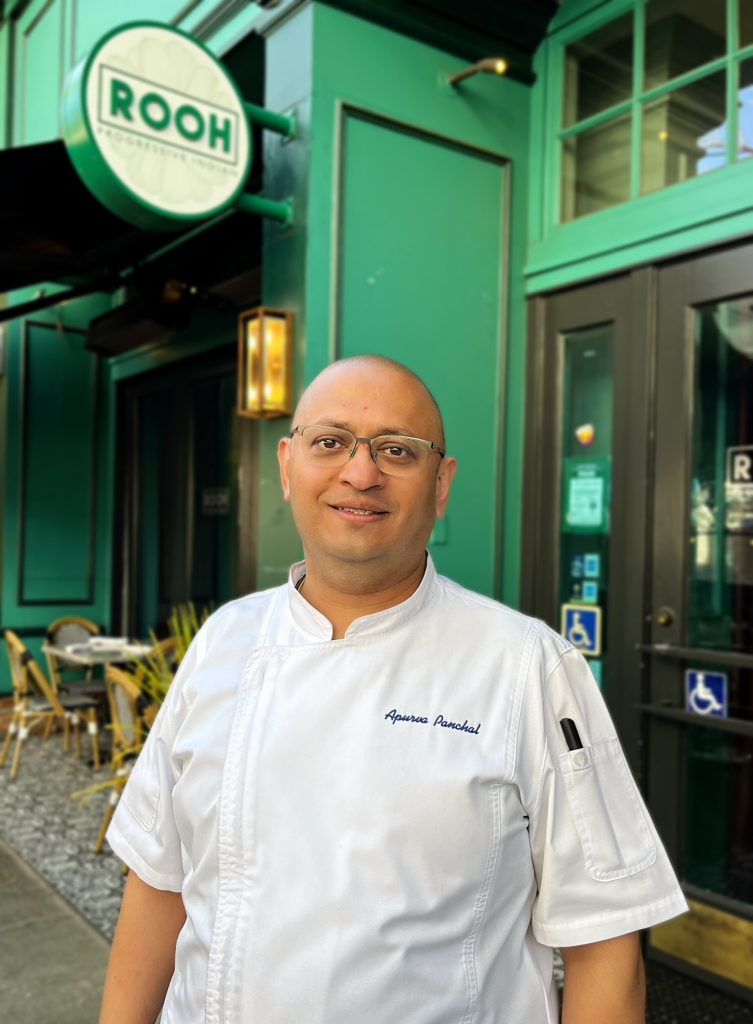
Chef Apurva Panchal dishes up progressive Indian cuisine at Rooh
He worked with the Taj Mahal for 18 years. An offer from an overseas guest to come work in the US made Chef Apurva take the chance to explore foreign shores. He recalls, “I was at a phase where I wanted more out of my life and do something different. I took up the offer but the dream job was not so dreamy after all. It was not as great as it was made out to be and after two years of trying different things, I joined another restaurant. That shut down during Covid and I couldn’t even go back to India. Plus, my family was here with me, and my son was turning 21. I was looking for a job and Spice Klub, which has a branch in Lower Parel, in Mumbai, was on the verge of opening here, in California. I joined them and worked there for one-and-a-half years. Then Rooh was in expansion mode and after I met with the owners, I realised it was what I wanted to do. I joined them in 2022, and have been here since.”
Soul food
Rooh, which means soul in Urdu, subscribes to a food philosophy of giving a modern touch to rustic and traditional recipes. Added to that is Chef Apurva’s own firm belief that you should cook with all your heart. Rooh is a fine-dining restaurant serving progressive Indian food, located in Palo Alto and San Francisco, in the US, New Delhi, and Columbus, Ohio.
As the Head Chef for the Palo Alto venue, Chef Apurva experiments to his heart’s content with local produce, and traditional Indian spices. The outcome is a unique blend of reinvented Indian food served in a contemporary style. In #fineiningindian, a newsletter published by Chef Michael Swamy, he says, “The diversity of Indian food is the source of my motivation for imprinting my personal identity on each dish. Indian food is so diverse that there is something in it for everybody. Also, globalisation has amplified the exposure to good Indian food. The canvas is so wide that creativity is not limited. In most of the dishes, we use a lot of ingredients. So, playing with ingredients, methodology, and presentation defines my food at its best. I like to keep things simple, but not too simple, it gets boring. Every plate should revolve around a story to make it more appealing and interesting. Cooking is … about simple food made desirable with local ingredients.”
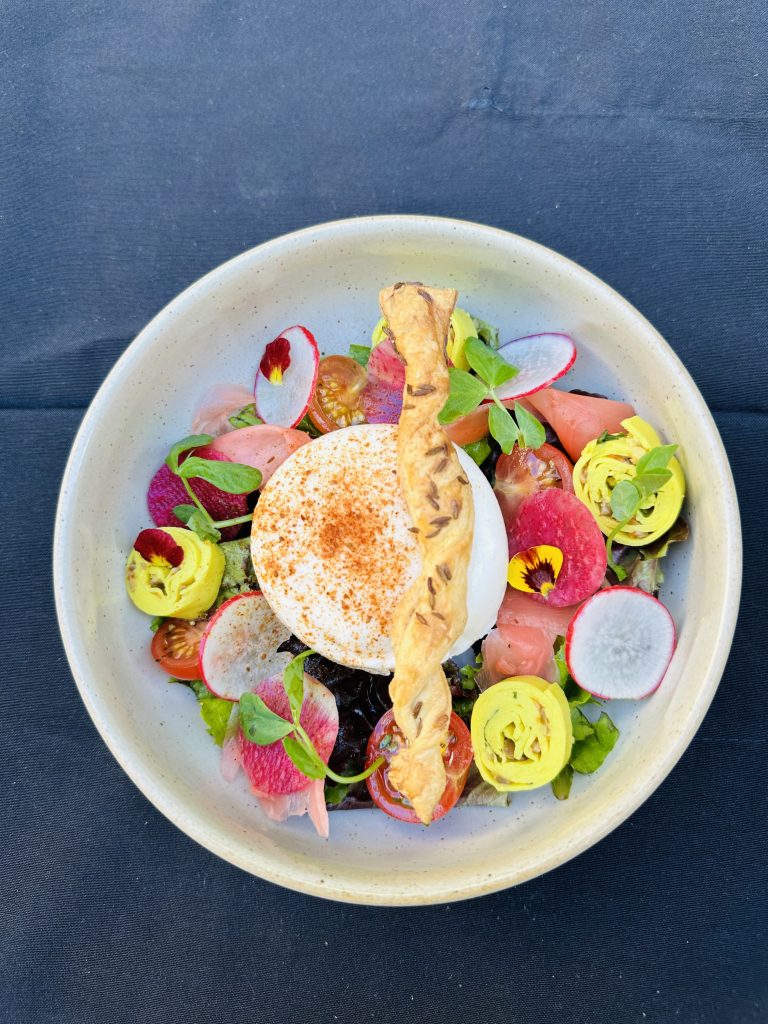
This vision translates into dishes like the Avocado Bhel – where locally sourced avocado, fresh green garbanzo or cholia as we know them here, and edamame – come together in a Californian version of the popular Mumbai snack, the bhel puri. Raw jackfruit, served as a gravy-based dish in several Indian homes, is presented in the avatar of a cutlet with a mustard kasundi mayo. Chef Apurva is all praise for the variety and quality of local produce available in his town. “From artichokes, avocados, and asparagus to fresh turmeric and turnips… I use everything seasonal and differently.”
Synergy between the east and the west
Besides the Avocado Bhel, some of his innovations include beef seared and braised French style, a Rajasthani Laal Maas gravy, with caramelised turnips and carrots. The Lamb Shank Biryani, cooked the Lucknowi way; the evergreen paneer – pin-wheeled with a stuffing of an Indian pesto made with coriander and basil leaves and cashewnuts; and a Burrata salad served with khandvi and olive oil-marinated tomatoes and pickled ginger, along with homemade cumin khari biscuits and stuffed kulchas are popular choices. He says, “I use ingredients not usually found in Indian cuisine – za’atar, togarashi, tobiko or fish eggs, and I try to create umami flavours. I enjoy working with fresh produce that grows locally.”
Where then does he see global trends in food move towards? He says, “All across the world, chefs, restaurants, and diners are coming back to the originality of the food. Chefs can’t afford to fool around anymore because diners know a lot more about the food they are ordering and what they want. With a healthy balance of flavours, cuisines are moving towards more rustic, traditional and home-style cooking that is not oily.”

Another passion of Chef Apurva’s is teaching. He has remarked elsewhere that had he not been a chef, he would have been a teacher. What would he like to do in the years ahead then? Cook, or teach? He says, “I have not decided yet. Sometime in the future I would like to teach at a hospitality institute. But for now, I am happy at Rooh.”
While travelling Chef Apurva likes to eat at:
- The Tanjore Tiffin, Mumbai: Appams with the choice of gravies
- The Vishala, Ahmedabad: Thali
- ukhara, ITC, Delhi: Dal Makhani/ Kebabs
- Southern Spice, Taj, Chennai: Kori Roast
Follow Rooh on Instagram.



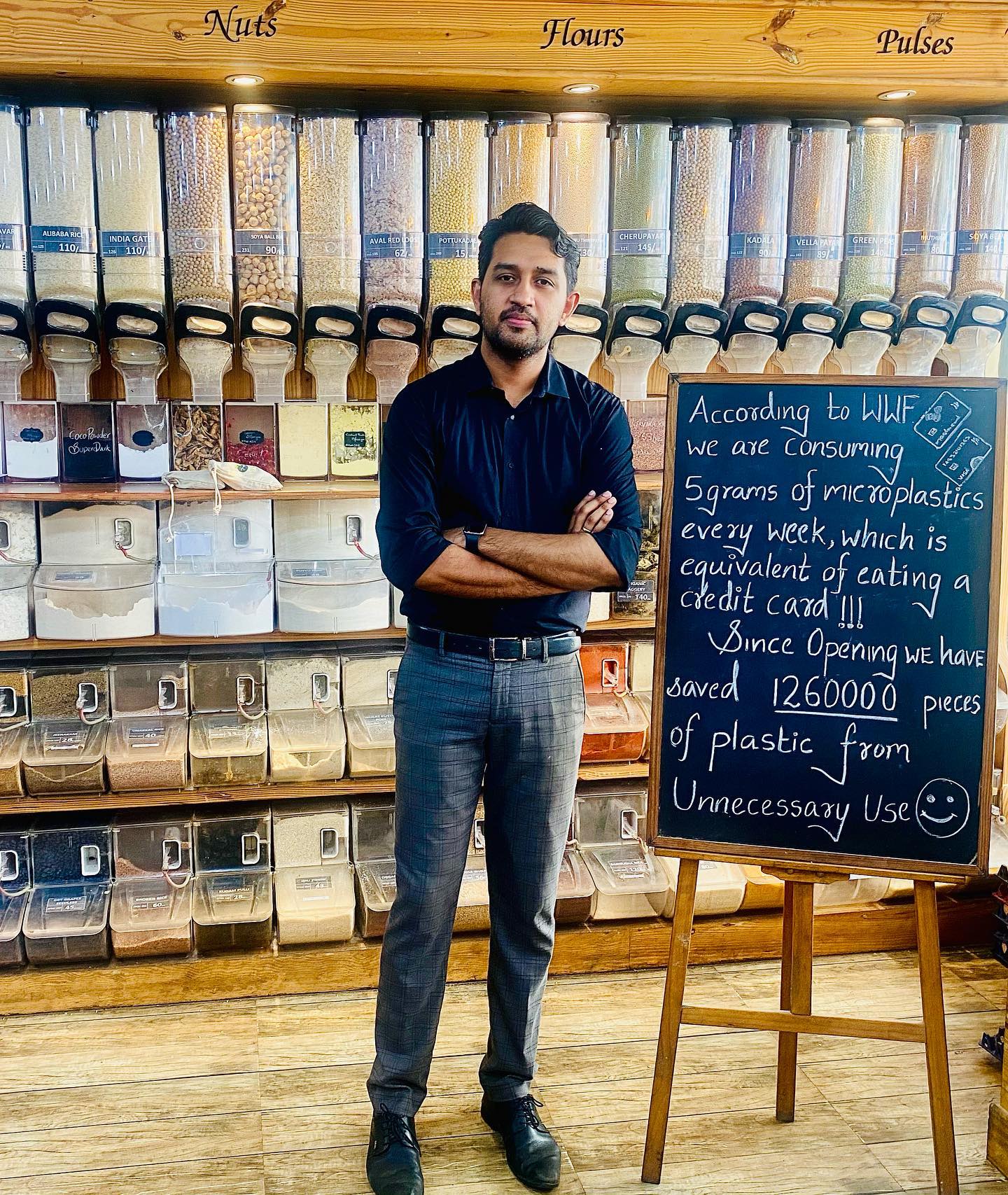 Bittu John at his 7 to 9 Green Store[/caption]
Bittu John at his 7 to 9 Green Store[/caption]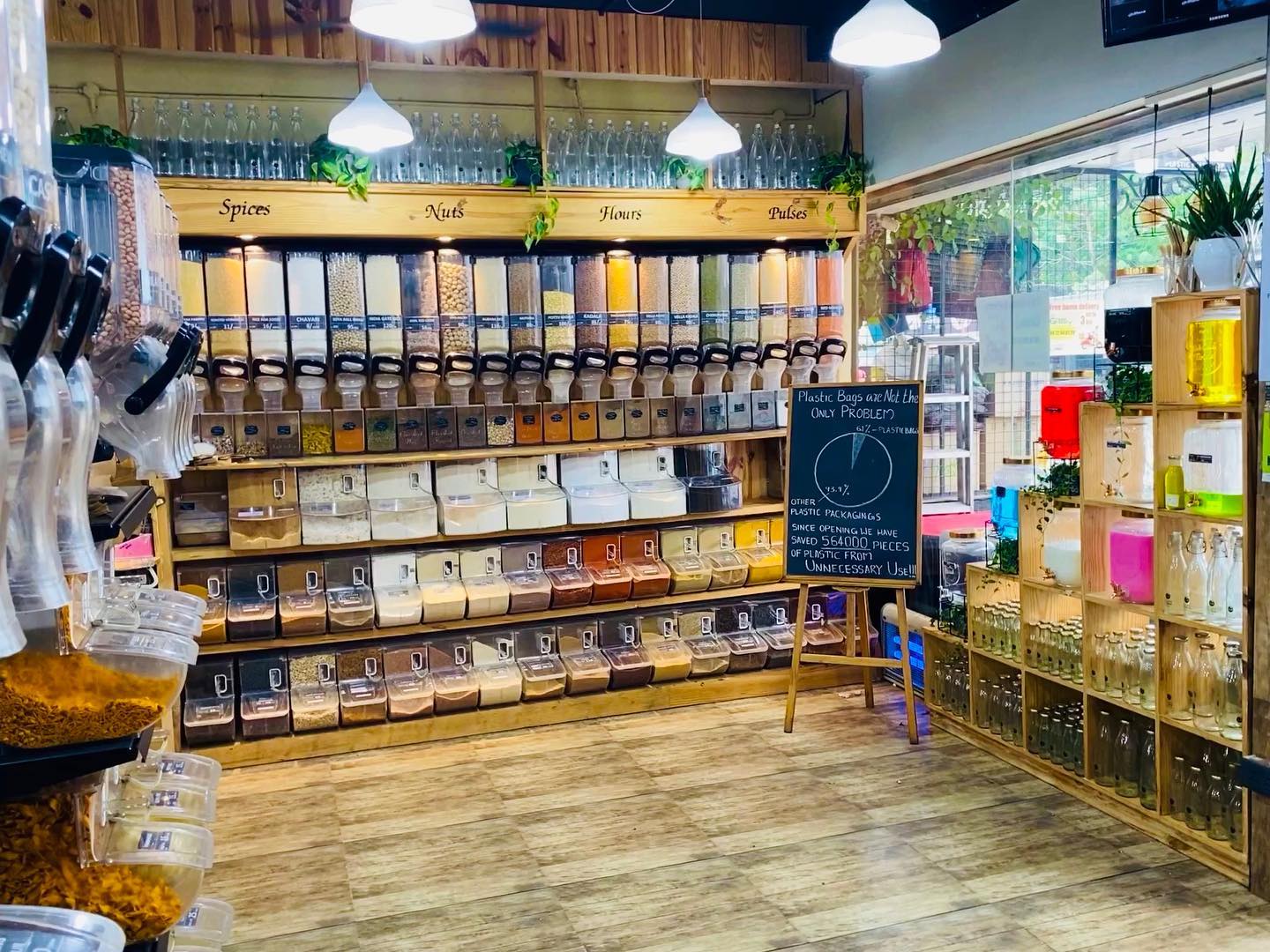 7 to 9 Green Store[/caption]
7 to 9 Green Store[/caption] 7 to 9 Green Store[/caption]
7 to 9 Green Store[/caption]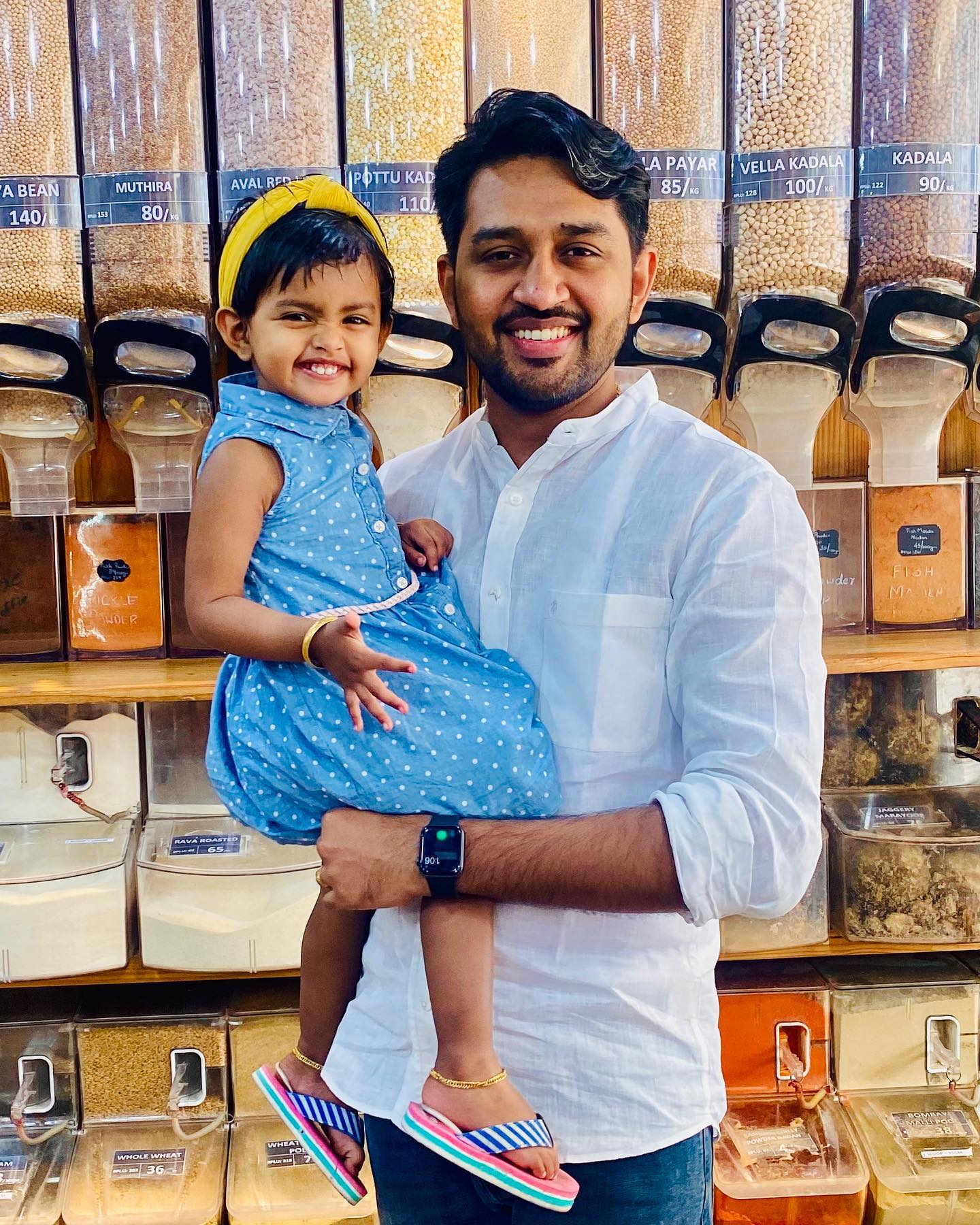 Bittu John - the role model[/caption]
Bittu John - the role model[/caption]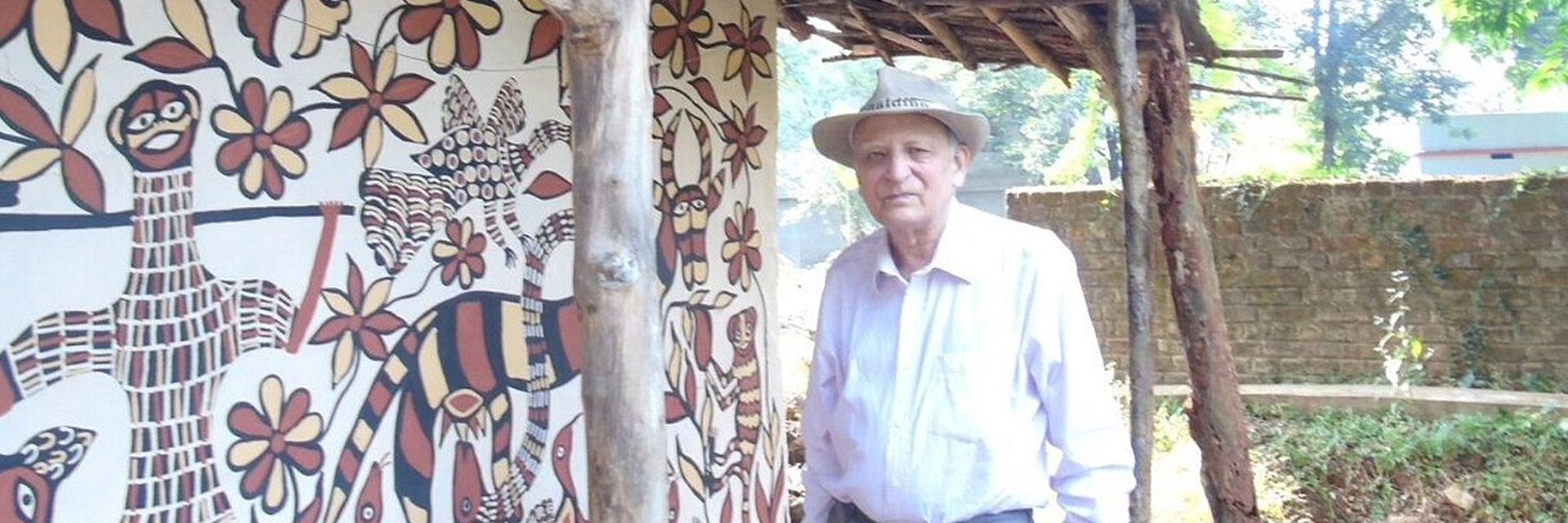
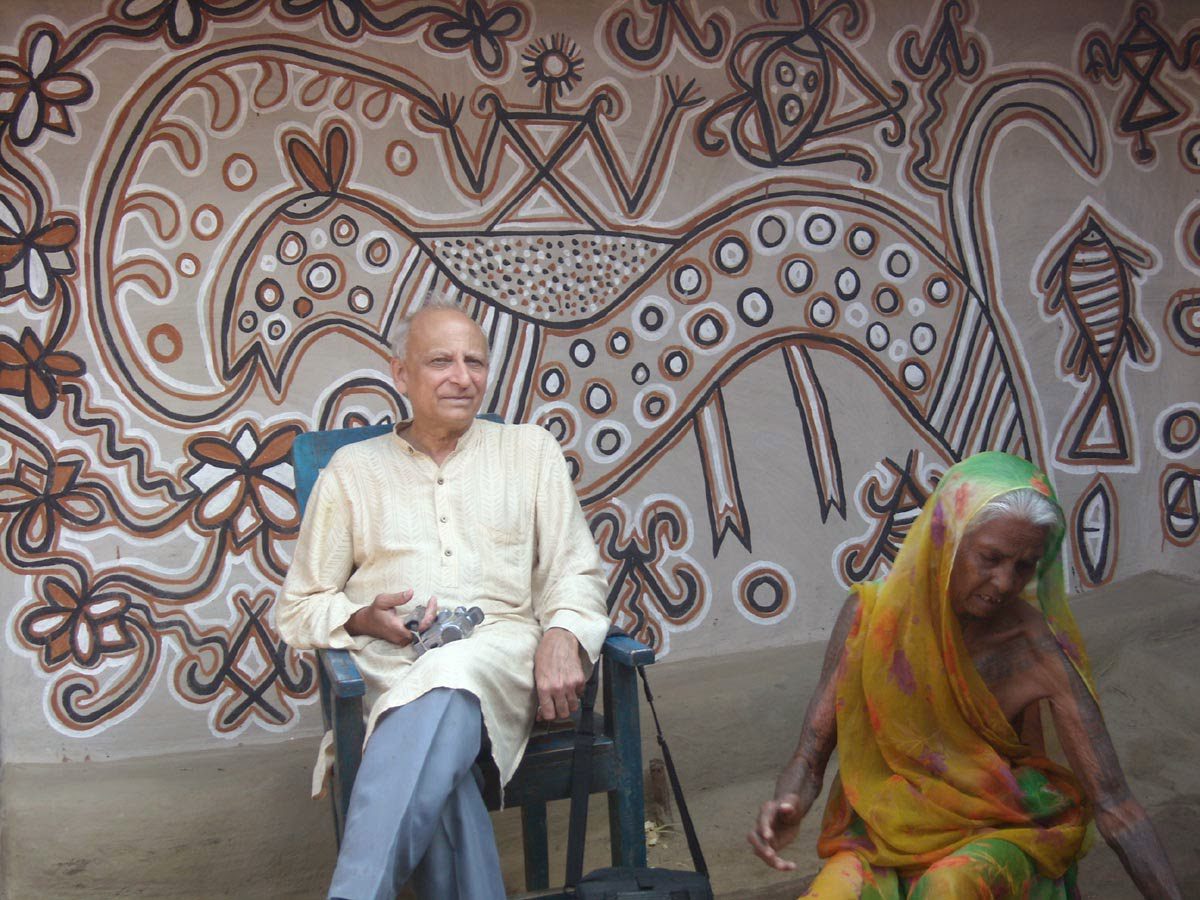
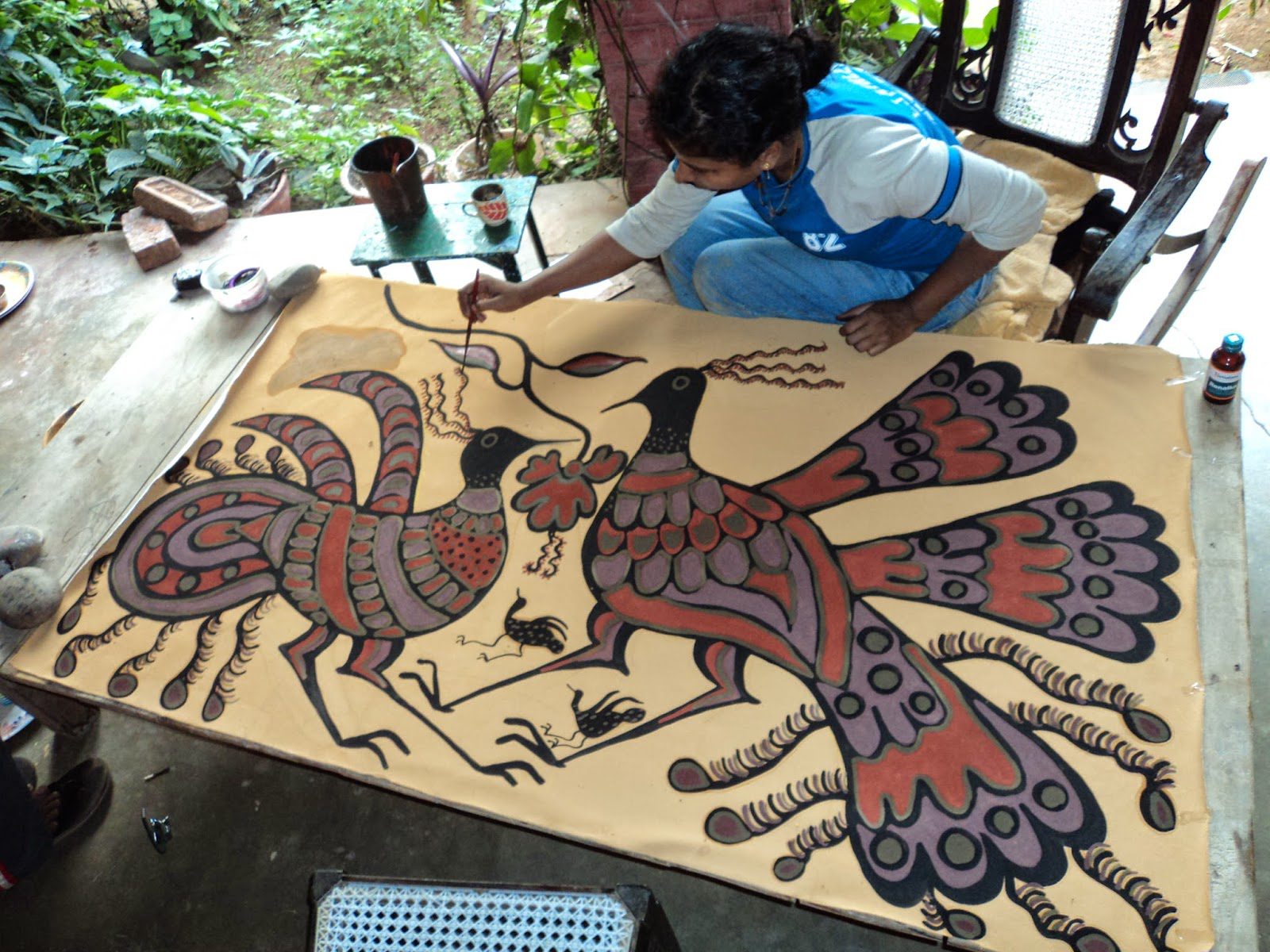 Bulu's daughter, Juliet Imam, making a tribal art[/caption]
Bulu's daughter, Juliet Imam, making a tribal art[/caption]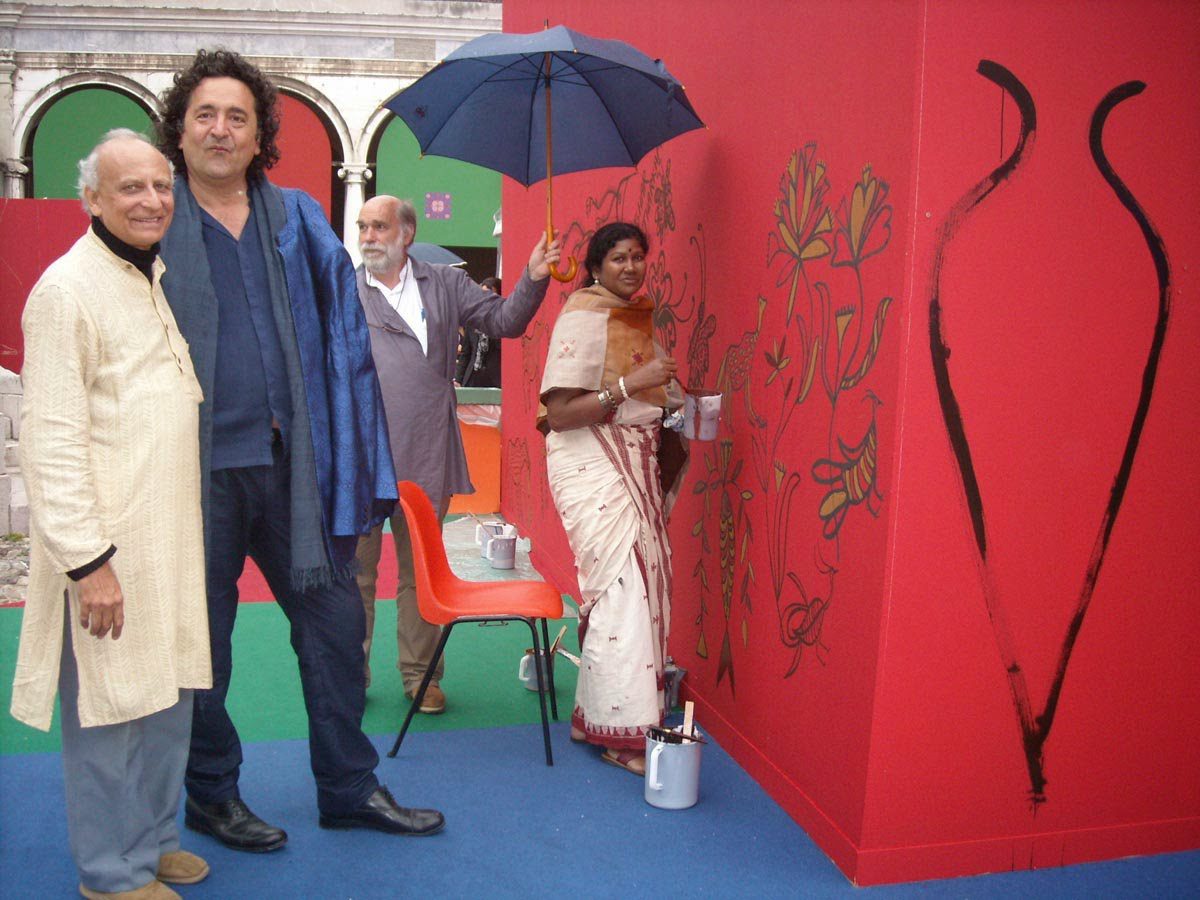 Bulu Imam, Tarshito, Erwin Neumayer, and Philomina painting in Vicino Lantano Festival[/caption]
Bulu Imam, Tarshito, Erwin Neumayer, and Philomina painting in Vicino Lantano Festival[/caption]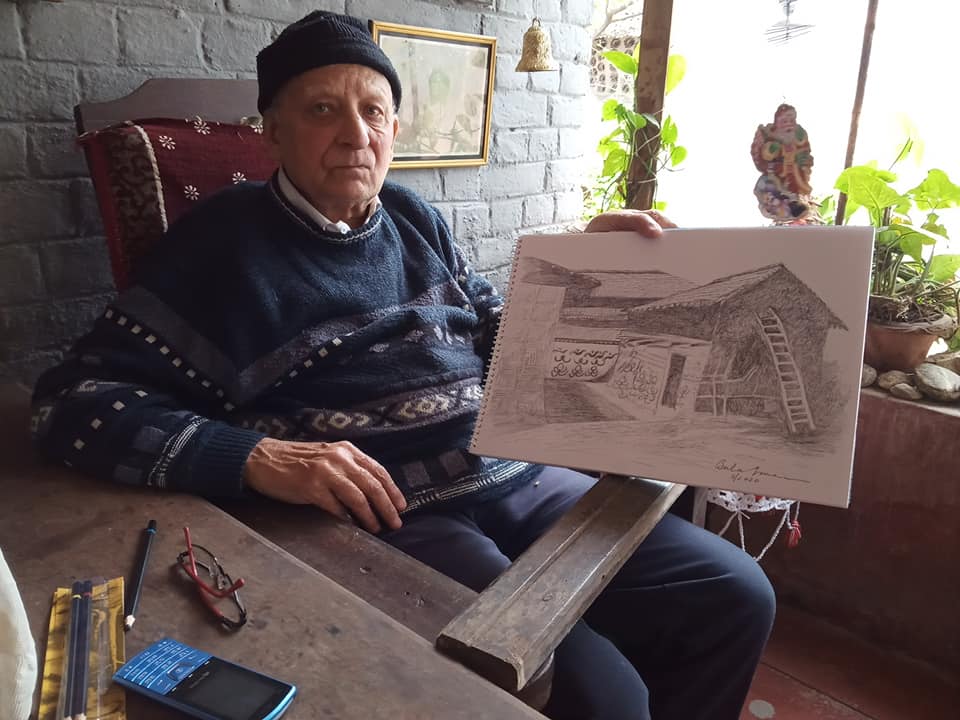 Bulu still likes to sketch whenever he finds some free time[/caption]
Bulu still likes to sketch whenever he finds some free time[/caption]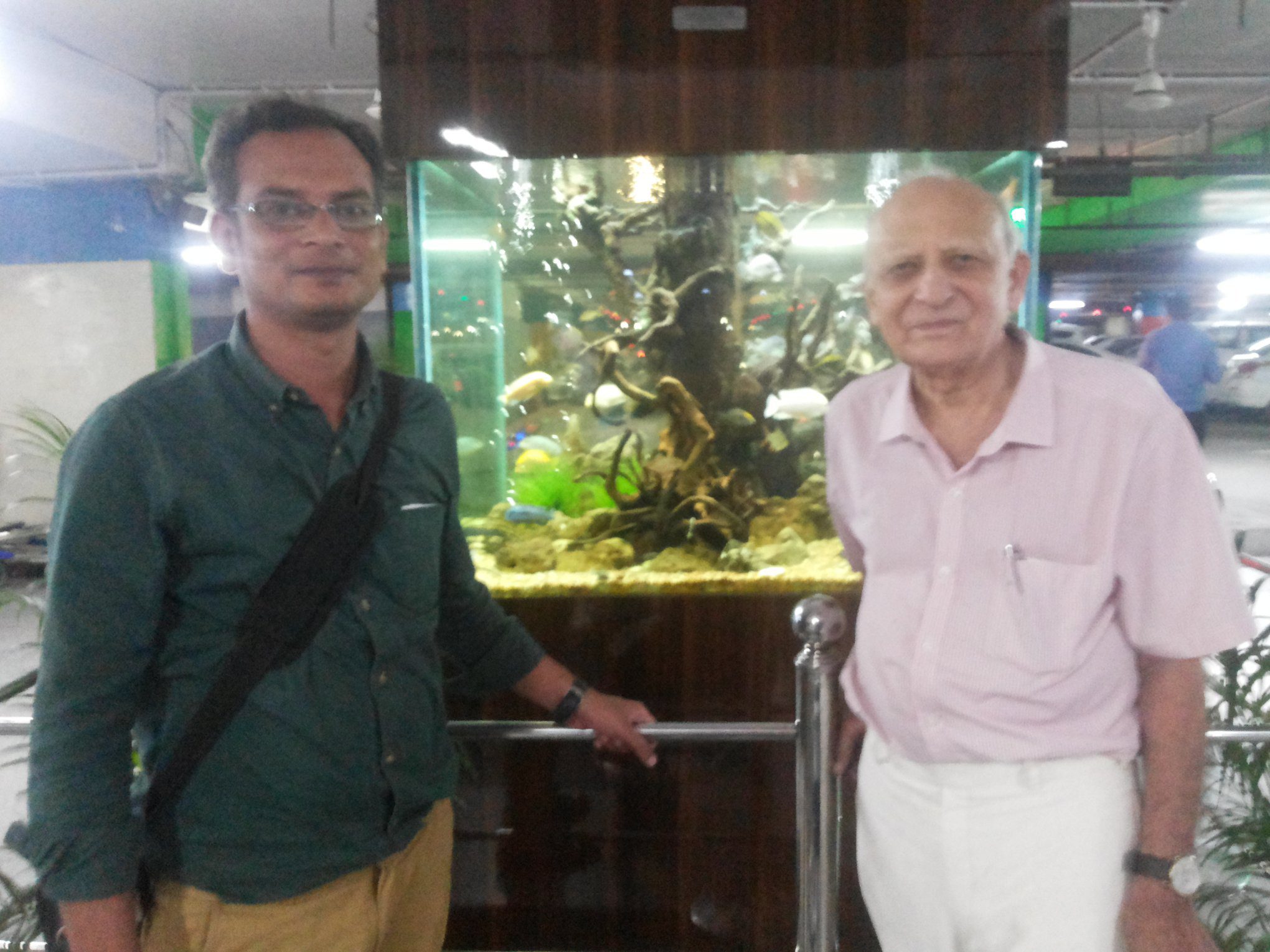 Bulu with his son, Gustav Imam[/caption]
Bulu with his son, Gustav Imam[/caption]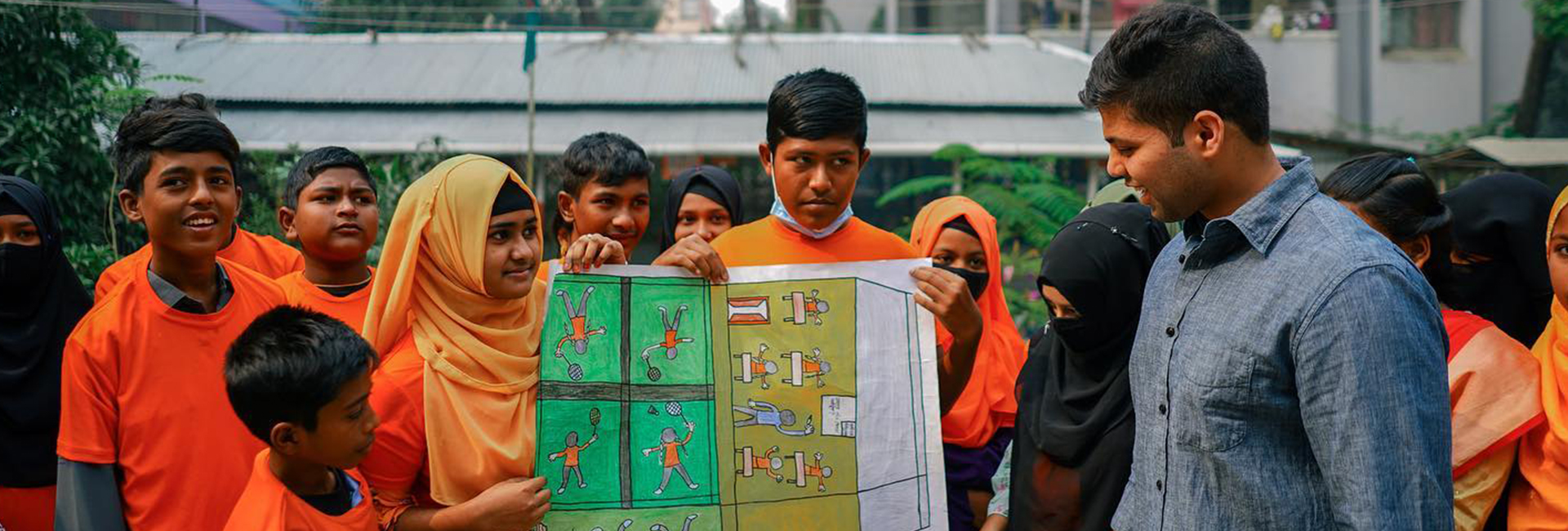
 Manish at Pudanipadu School in Vijayawada to meet and greet schoolchildren who were provided Deskits by Fortitude[/caption]
Manish at Pudanipadu School in Vijayawada to meet and greet schoolchildren who were provided Deskits by Fortitude[/caption] Akuot Akuei Ajak, Fortitude scholar studying at Kenyatta University[/caption]
Akuot Akuei Ajak, Fortitude scholar studying at Kenyatta University[/caption]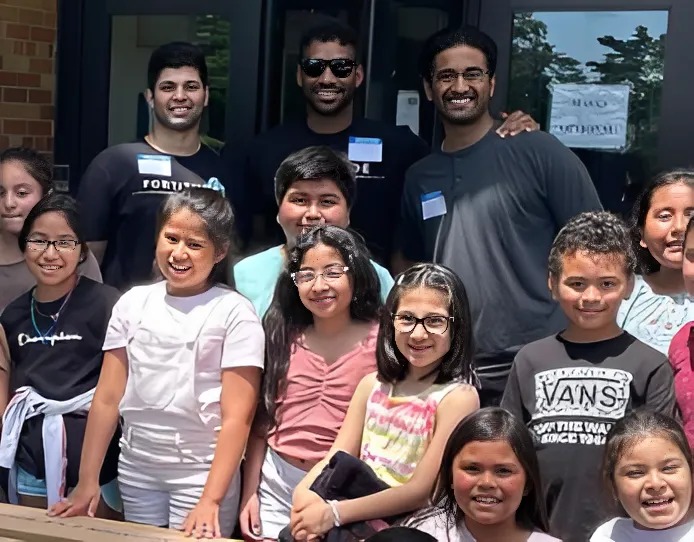 Manish Polavarapu with co-founders Jamell and Yash during a Fortitude awareness event at a school in U.S.[/caption]
Manish Polavarapu with co-founders Jamell and Yash during a Fortitude awareness event at a school in U.S.[/caption] A benefit concert - one of Fortitude Global's fundraising events[/caption]
A benefit concert - one of Fortitude Global's fundraising events[/caption] Glimpses of Fortitude Global Foundation's initiatives for children in Bangladesh[/caption]
Glimpses of Fortitude Global Foundation's initiatives for children in Bangladesh[/caption]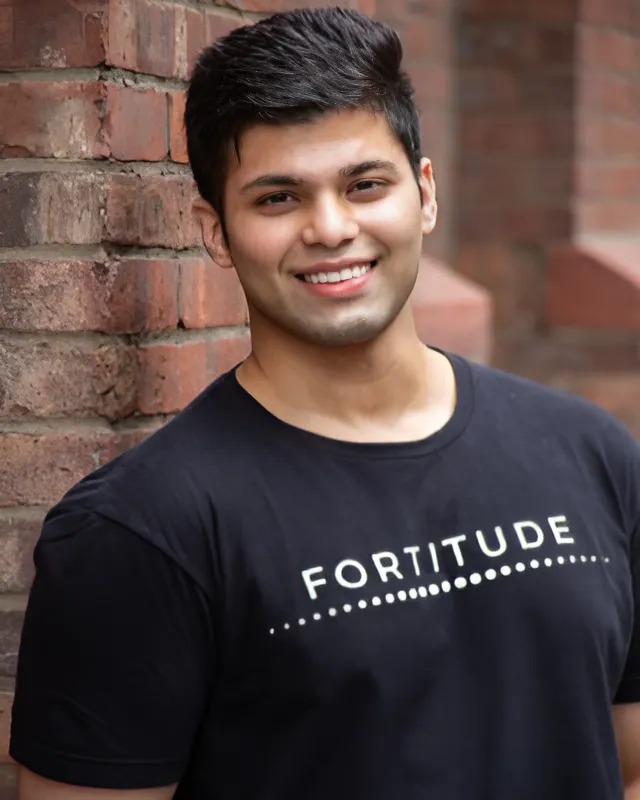 Manish Polavarapu[/caption]
Manish Polavarapu[/caption]
 Karthik Subramanium[/caption]
Karthik Subramanium[/caption]
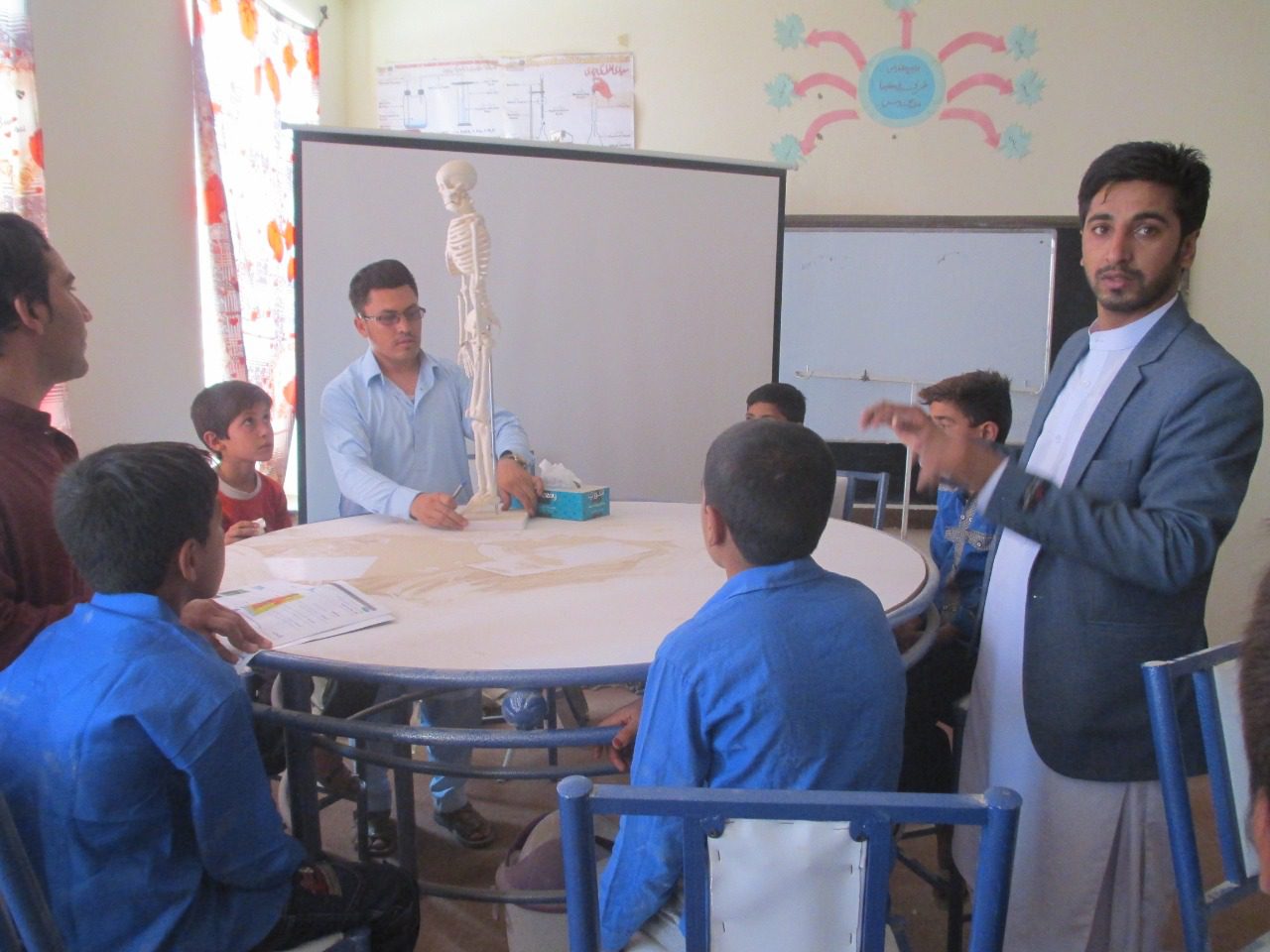 Abdul Rahimi (extreme right) worked as a language trainer in Afghanistan[/caption]
Abdul Rahimi (extreme right) worked as a language trainer in Afghanistan[/caption]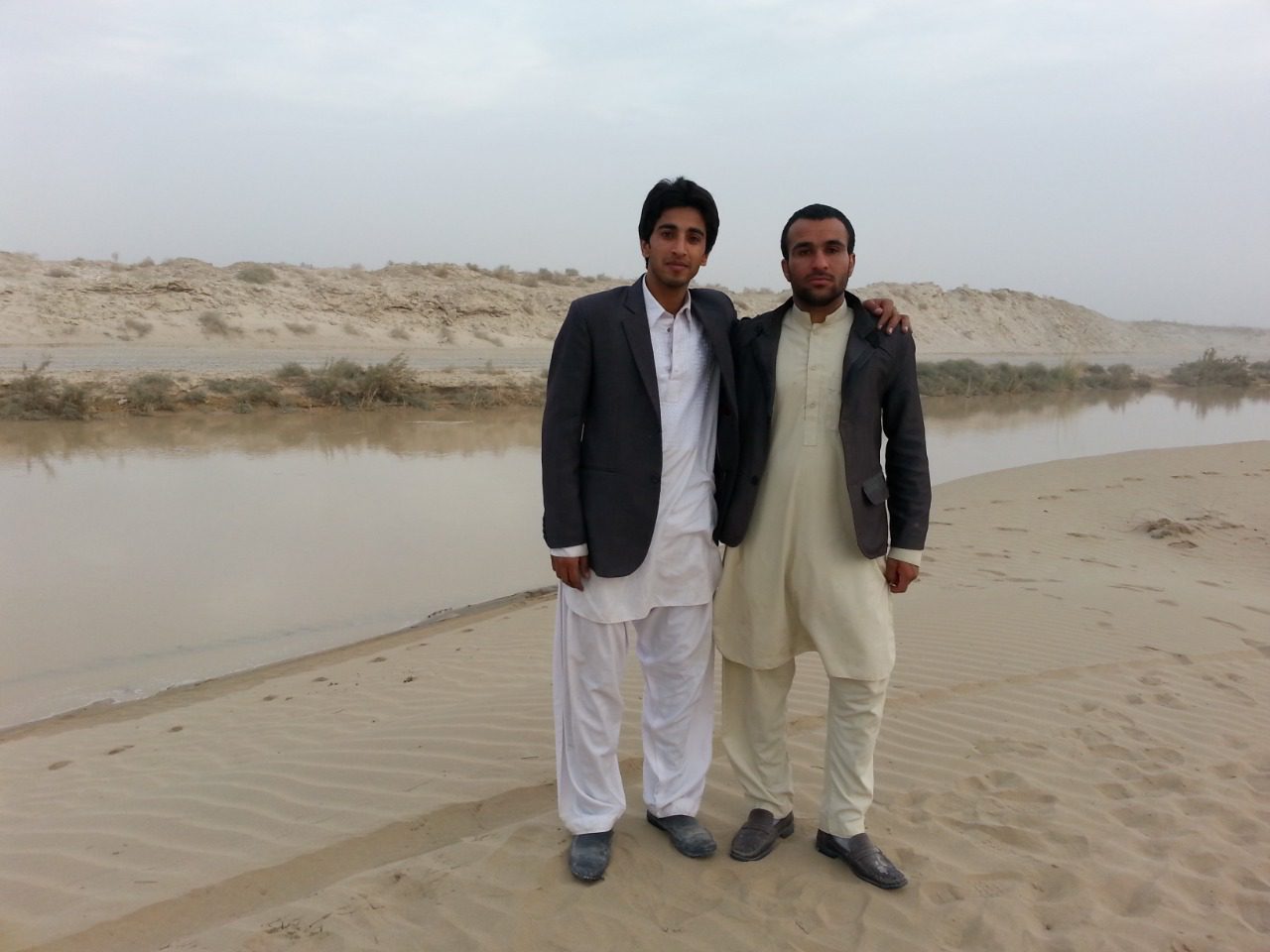 Abdul Rahimi (left) back home in Afghanistan during happier times[/caption]
Abdul Rahimi (left) back home in Afghanistan during happier times[/caption]